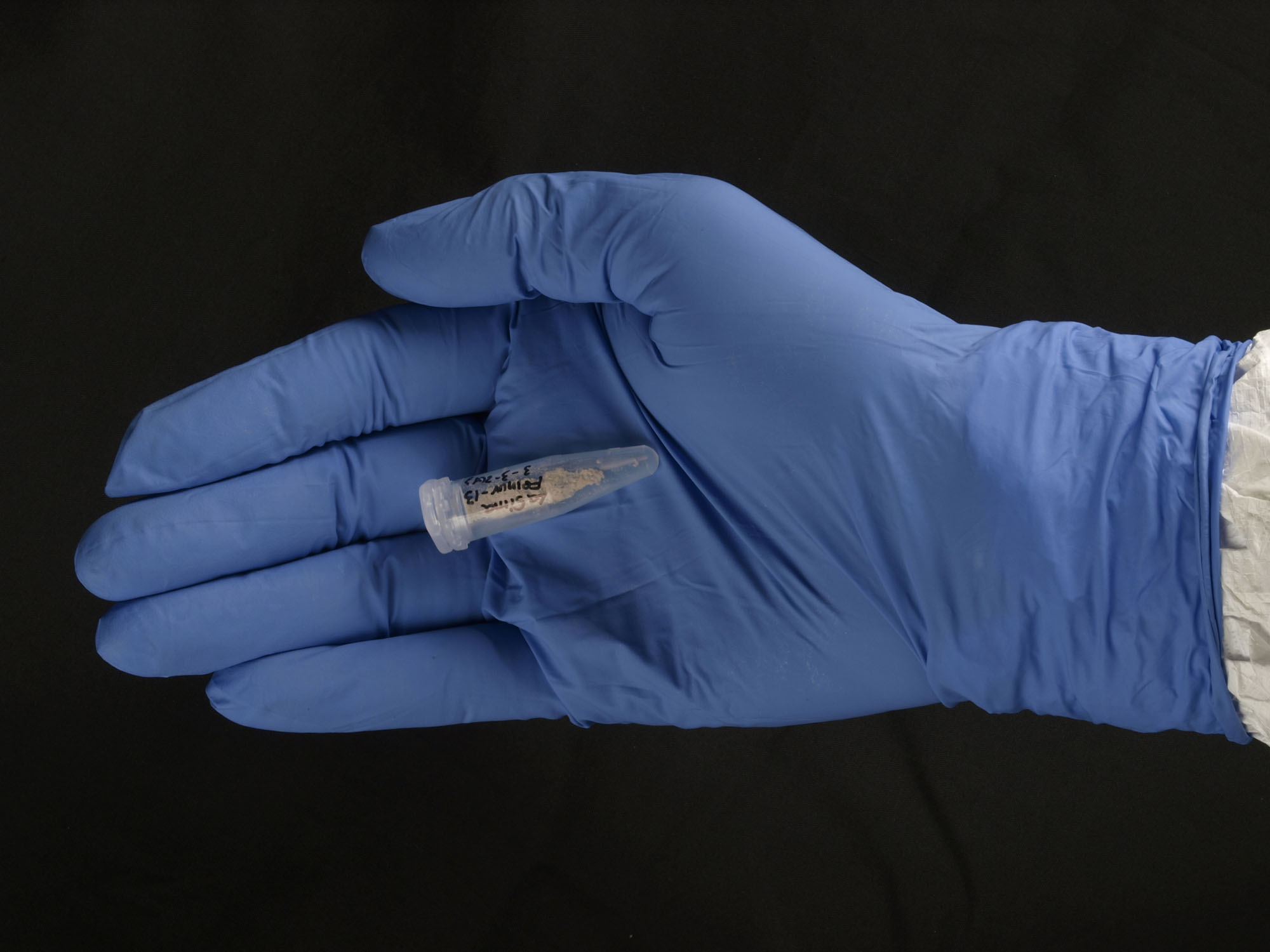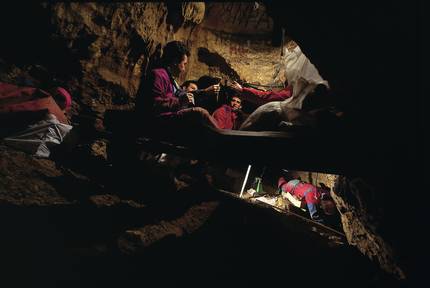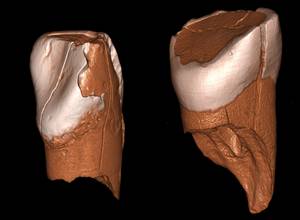Nuclear DNA shows that the hominos of the Osin of the bones belonged to the line of the Neanderthals
2016/03/14 Galarraga Aiestaran, Ana - Elhuyar Zientzia Iturria: Elhuyar aldizkaria

The article recalls that when modern man expanded through Africa and the Middle East 75,000 to 50,000 years ago, at least two human groups lived in Eurasia: the Neanderthals and the Denisoveses. Despite the abundance of Neanderthal remains, the denisoveses are circumscribed to the proximity of Mount Altai to the southeast of Siberia). However, in the genome of the native populations of Asia and America its footprint has been found, so it seems that in its day they were more widespread. For this reason, the researchers considered that the knowledge of the DNA of the population of Osín de Huesos could be key to illustrating the perspective of the time.

Thus, they have analyzed the nuclear DNA extracted from the bones of two individuals of the Osin and the mitochondrial DNA of one of them. It has not been an easy task, since ancient DNA is very degraded. In addition, they have had to take into account the pollution caused by current human beings. However, as the principal investigator, Matthias Meyer, has pointed out, "this work would be much more difficult if they were not so careful at the site."
They conclude, therefore, that the individuals analyzed belonged to the line of the Neanderthals, and that the Denisoveses and Neanderthals were distributed before 430,000 years ago.
On the other hand, the analysis of mitochondrial DNA has once again shown its closeness to denisoveses. To explain this, the researchers have suggested that they later mingle with denisoveses and have been waiting for the results of future research.

Gai honi buruzko eduki gehiago
Elhuyarrek garatutako teknologia





